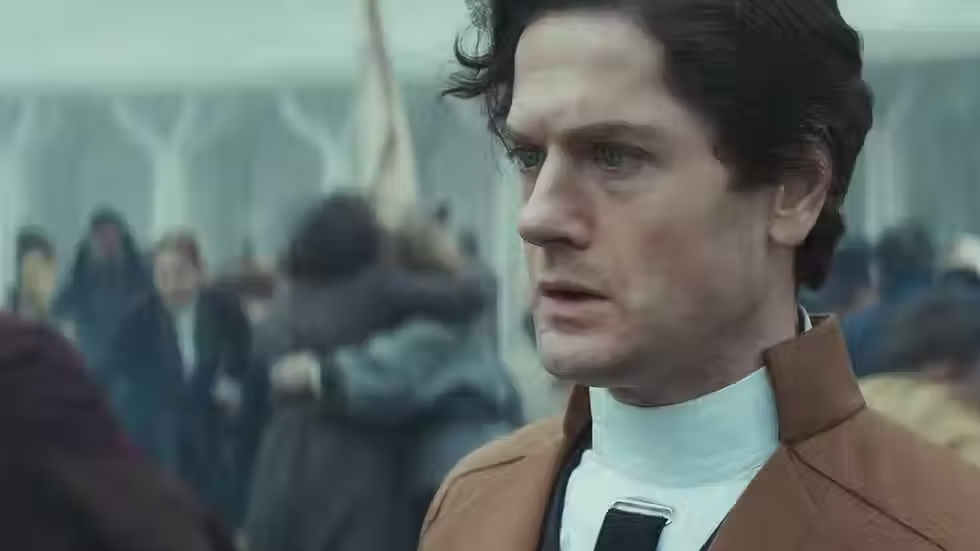Review: The Man Who Killed Hitler and Then the Bigfoot
- ogradyfilm
- Feb 11, 2019
- 1 min read
Updated: Apr 27, 2019
The Man Who Killed Hitler and Then the Bigfoot is probably the most attention-grabbing title I’ve ever encountered. It makes several promises right up front, and the finished product delivers on pretty much all of them. And yet, despite the inherent absurdity of the premise, director Robert D. Krzykowski plays it almost completely straight, with nary a hint of irony.

Sam Elliot portrays the eponymous character as a tragic figure, haunted by the traumas of his past. He’s witnessed the horrors of war firsthand; sure, he managed to successfully assassinate Der Fuhrer—but the Third Reich kept its leader’s twisted ideals alive through a series of body doubles, rendering our hero’s efforts utterly meaningless. That’s right: this film is, above all else, a drama, rather than a thrill-a-minute action flick. This is made abundantly clear early on, when our protagonist easily thrashes a trio of would-be car thieves (his advanced age serving as a minor inconvenience, at best)… before promptly breaking down in tears. Even the climactic battle against Bigfoot is a rather somber affair; this version of the creature is a weak, emaciated wretch, only posing a threat because it carries a deadly pathogen.
All of this makes The Man Who Killed Hitler and Then the Bigfoot sound as though it suffers from a serious identity crisis, but somehow, it works beautifully in execution. I’d give a lot of the credit to Elliot’s grounded, genuine performance, but you simply cannot discount the sheer novelty of the concept. I’ve experienced plenty of stories in which a disillusioned soldier finds a reason to continue the good fight… but never one that featured these two particular antagonists.





Comments